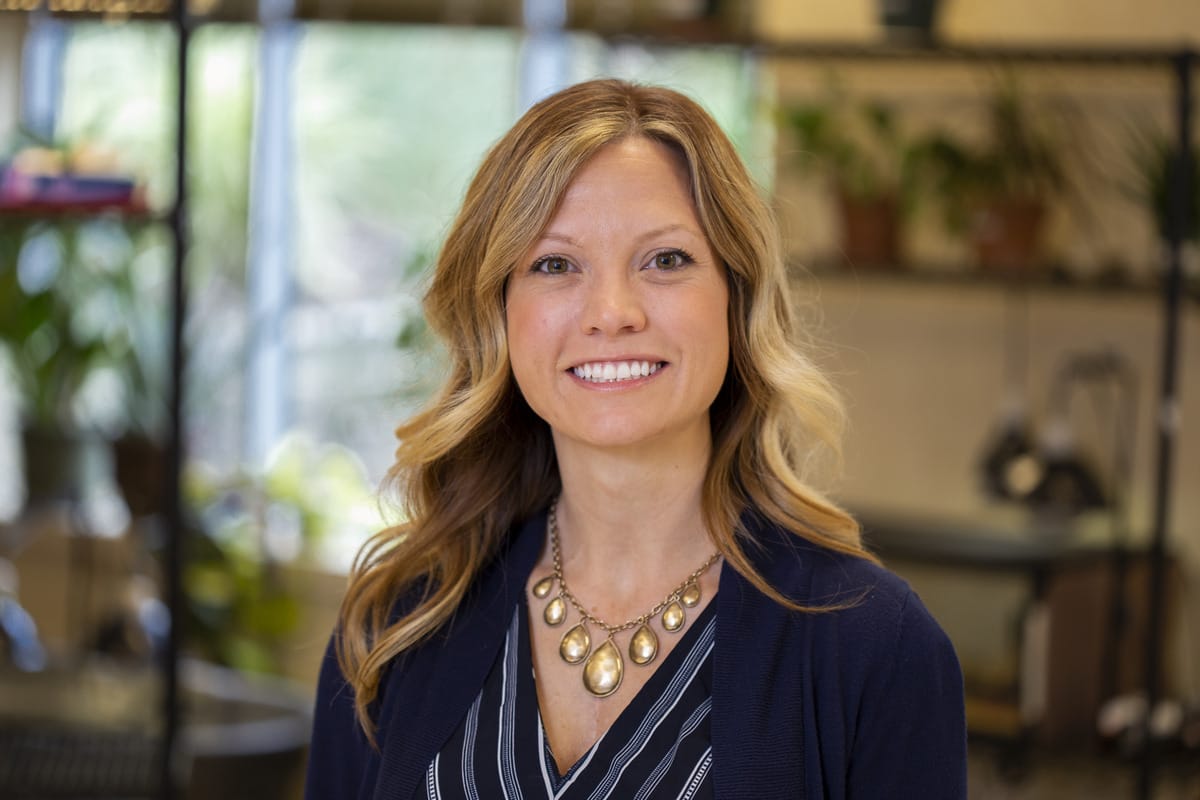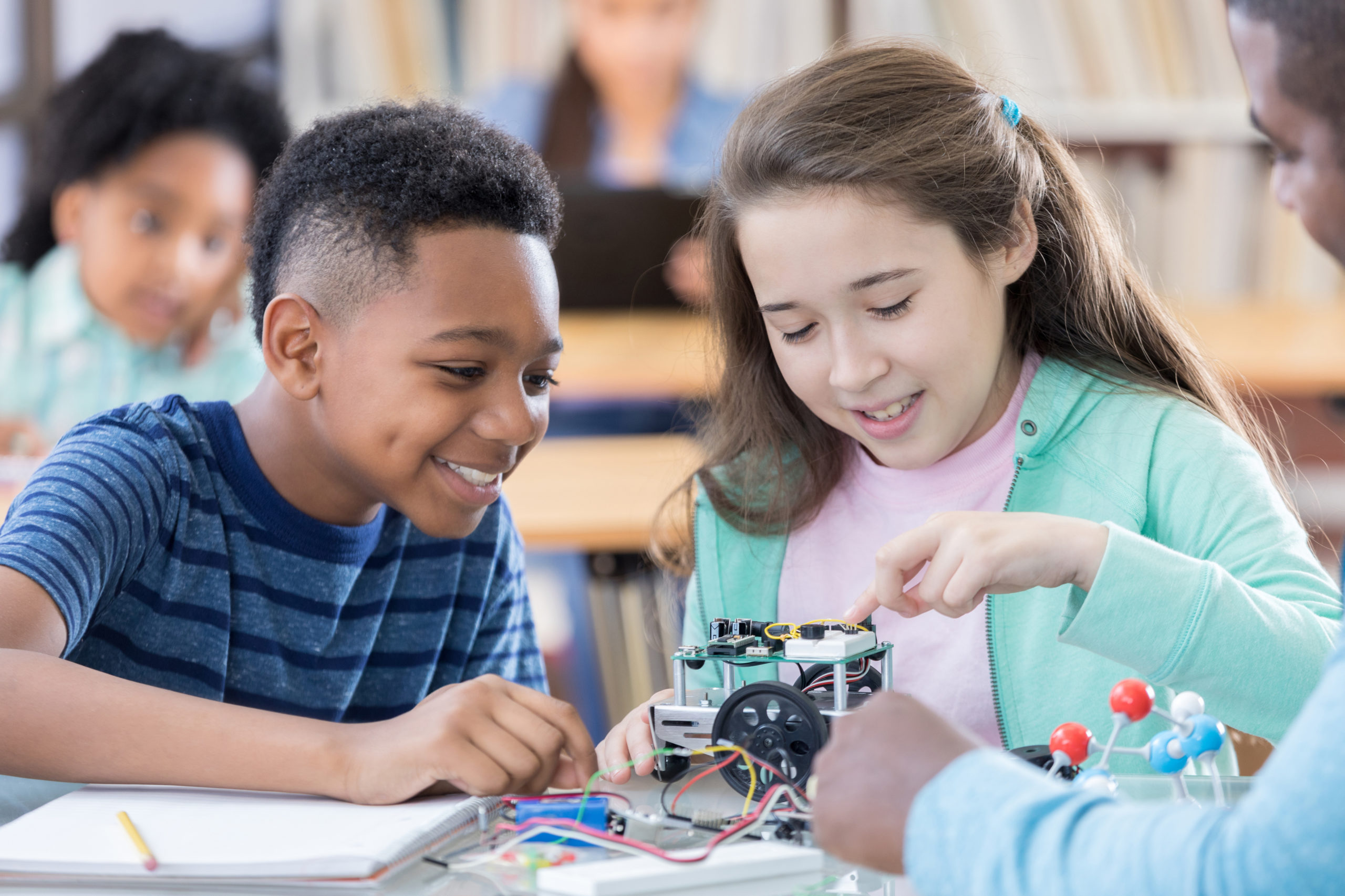Assessment can be such an overwhelming process. When it comes to giving assessments, not only do we wonder if our students hit the mark, but oftentimes we are left wondering if we hit the mark. Was that the right format? Did we include the right questions and prompts to accurately assess their learning? What should I do next?
Oftentimes, the best way to check for deep understanding is through the use of alternative assessments. While there is a place for multiple-choice, essay format assessments, it may not always be the best choice.
Imagine the process of learning how to ride a bike. You could probably correctly answer questions like, “Where do you put your hands?” “Where do you put your feet?” and “Should pedestrians be crashed into?” But what happens the minute you hop onto that bike? Getting the correct answers definitely doesn’t determine whether or not you can successfully ride the bike.
But no worries, these tips and tricks can help guide you down a smooth avenue to assessment awesomeness.
Be sure your assessments are targeted and authentic.
Learning – and yes, assessment, should be fun! And while you can probably do an interpretive dance to show the eclosion site preference in species of 13-year periodic cicadas, it’s probably not the most targeted and authentic way for students to show that understanding.
When learning about health, diet and exercise, forgo the multiple choice test. Instead, have students create a diet and exercise log, analyze it, and implement improvements. Or, in Science, when learning about the relationship between pendulum length and period, nix the essay exam. Instead, have students design an experiment to demonstrate this relationship.
Make the assessment process memorable.
Not every test can be one for the memory books. But when you are assessing a unit that covers a lot of content over an extended period of time, making it a memorable experience may be key to keeping students engaged in the learning process. To do so, consider non-traditional learning experiences that have a real-world application. Project-based learning is a great place to start. By covering content through an active learning approach like PBL, students begin to see that their learning matters and it certainly gives them an answer to “Why am I learning this?” The assessment occurs in small parts along the way, and can be an integral component of the end product.
Make it meaningful.
In almost all cases, assessment should be used to drive future learning. So, providing our students with feedback and giving them an opportunity to make fixes keeps learning as the focus, instead of the grade. Try giving your students back their assessment with the questions marked correctly or incorrectly, but without a grade. Then, have a conversation with each of your students, give them time to continue their learning, and provide them with an opportunity to make the necessary adjustments on the test (even if it is for partial credit). Learning is an iterative process. In our own careers, we are given feedback from others, and we use that feedback to make the necessary adjustments that lead us to success. Modeling this for our students is imperative.
Provide variety and make expectations clear.
Students love choice. And, rightfully so. All of us learn in different ways. There is much research out there on the significance of attending to different learning styles and learning modalities. And when identified and addressed, studies have found that students have an increase in motivation, comprehension, and metacognition. And this probably isn’t new to any of us, because we see this in our classrooms everyday. But addressing their learning styles should end at the learning, we can also make it part of the assessment process.
For visual learners, give them an option on creating an infographic or creating graphs and diagrams that cover the concepts that were taught. For auditory learners, have them record a podcast or complete a verbal assessment. Finally, those who favor reading/writing, have them write a lesson plan explaining the concepts or produce a short piece of realistic fiction that covers the key ideas. And for kinesthetic learners, have them engineer a device or use manipulatives of their choosing to represent their understanding of the concepts being taught.
For all of this to be successful, we must also be very clear in what we are looking for. We can do this through the use of clearly stated rubrics paired with exemplar pieces of work. That way, students have a clear guide for what is expected of them with some actual examples that show what success (or lack thereof) looks like.
One thing is for sure – assessment is an essential part of the teaching and learning process. Hopefully, by finding and implementing ways to assess that are different from what we have traditionally done, we can better gauge learning while also getting our students to demonstrate their understanding in a deeper, more authentic way.

